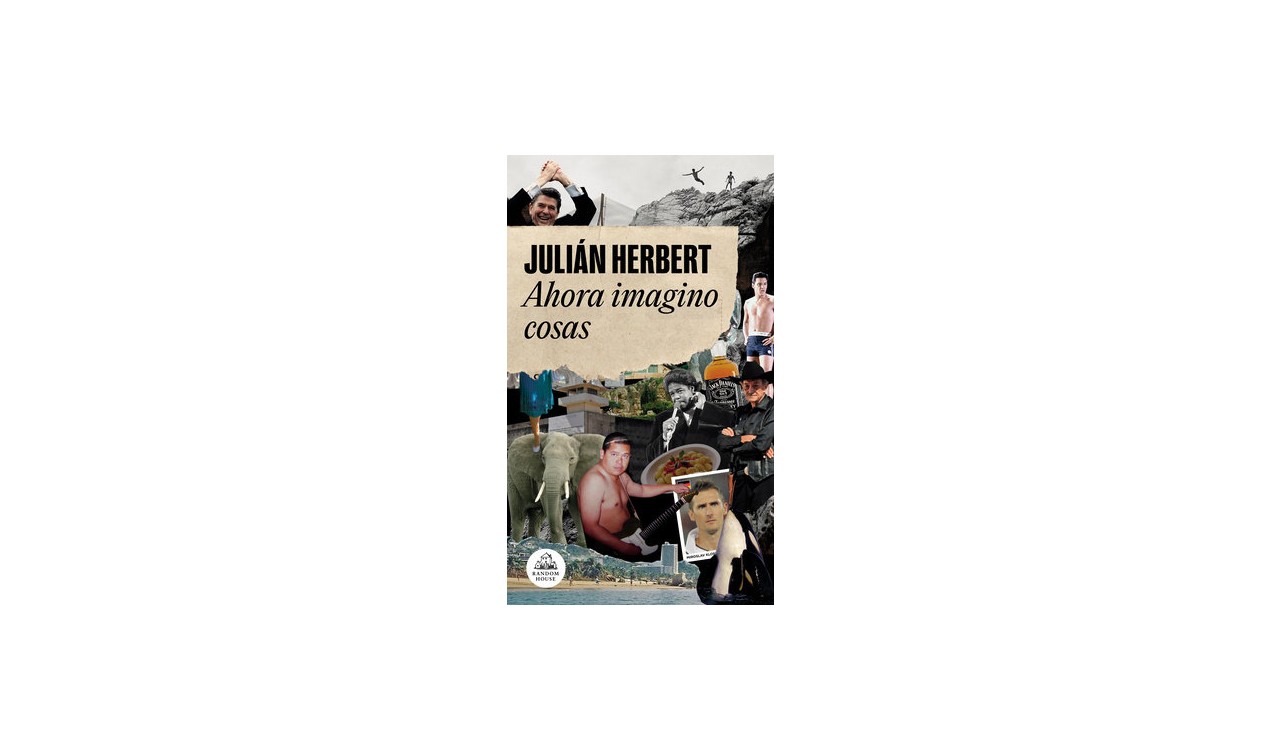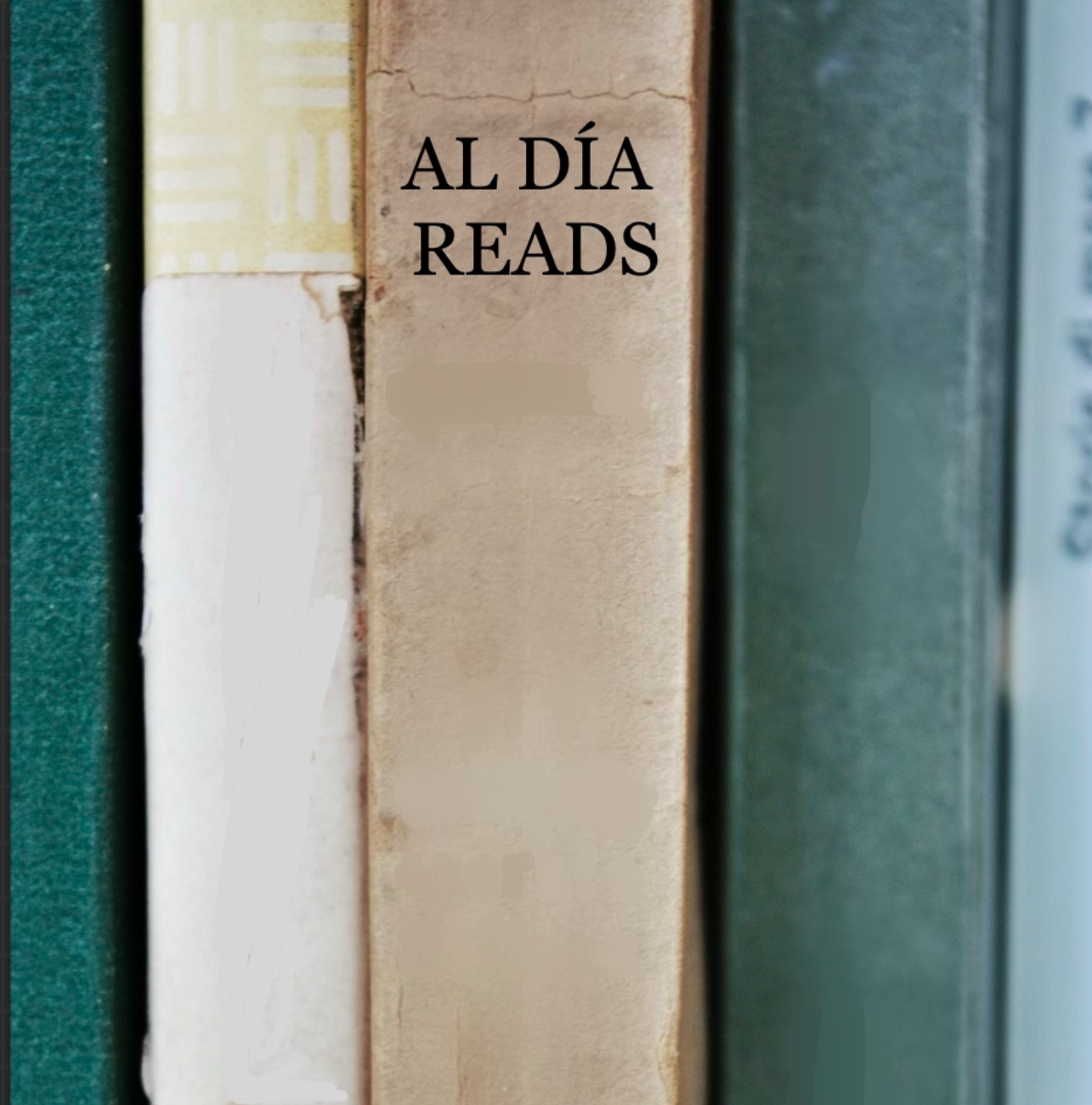
A transgressive chronicle book
Mexico's Julián Herbert compiles eight stories ranging from the withered eternity of Acapulco to drug trafficking and the 2006 World Cup in Germany.
Writer and essayist Julián Herbert became internationally known when in 2018 his most acclaimed novel, Canción de tumba, in which he reconstructs the complex life of his mother, Guadalupe Chávez, a prostitute, who is dying of leukemia, was published in English (Tomb Song)
Originally published in Spanish in 2011, the novel, and winner of the Jaén and Elena Poniatowska awards, exposes how Guadalupe's illness imposes an autobiographical exercise on the protagonist that will lead him to immerse himself in his childhood and youth. He delves into the complex relationship with his mother, with his own children and with his country, Mexico, ravaged by corruption, violence and destruction.

RELATED CONTENT
Author of several literary essays and compilations of Hispanic American and Mexican poetry, Herbert has returned to the literary scene with Ahora imagino cosas / Now I Imagine Things (on sale in the U.S. starting in April 2023), a collection of hybrid stories — essay, chronicle, fable, memoir — that address diverse themes. From Acapulco's withering eternity and Mazatlán's vocation as a food court of the soul, to a rockstar season in the desert and a memory of the 2006 World Cup in Germany stolen by the author from an examiner of his girlfriend. A hotel in Shanghai where the world's oldest jazz band plays, the visit of the Queen of England to the port of La Paz, Baja California Sur, the brutal murder of a Chilean teenager in the Maule region, and a freehand portrait of the Iron Prosecutor — a prosecutor of suicidal guerrillas, Marxist homeopaths and narcomatriarchal gangs who led the fight against organized crime in the 1970s in Nuevo Laredo.
Herbert has previously published books of chronicles — a genre in which he is comfortable thanks to his experience as a journalist earlier in life. In 2015, he wrote La casa del dolor ajeno (published in English as The House of the Pain of Others: Chronicle of a Small Genocide) about the forgotten massacre of 303 Chinese in Torreón during the Revolution.
Later he published Bring Me Quentin Tarantino's Head, a compilation of short stories: a vengeful coach of personal memories, a Mexican bureaucrat who vomits on Mother Teresa of Calcutta at Charles de Gaulle airport in Paris, a crack-addicted reporter turned literary rodeo clown, the ghost of Juan Rulfo, a Lacanian psychoanalyst and cannibal, a video artist whose work consists of filming gonzo pornography with women sick with AIDS, God revealed as a nini, and a drug dealer identical to Quentin Tarantino obsessed with finding and murdering Quentin Tarantino.
"I didn't want my chronicles to be written in the traditional language of the Latin American chronicle, I'm more interested in the displacement of the chronicle as a journalistic genre to the part that has to do with what is called autofiction. I was interested in narrating an existential process", Herbert told online magazine Coolt.
The publication of Ahora imagino cosas coincides with the years in which the author, who used to be an heroine addict, has managed to eliminate the excesses of his life.











LEAVE A COMMENT:
Join the discussion! Leave a comment.